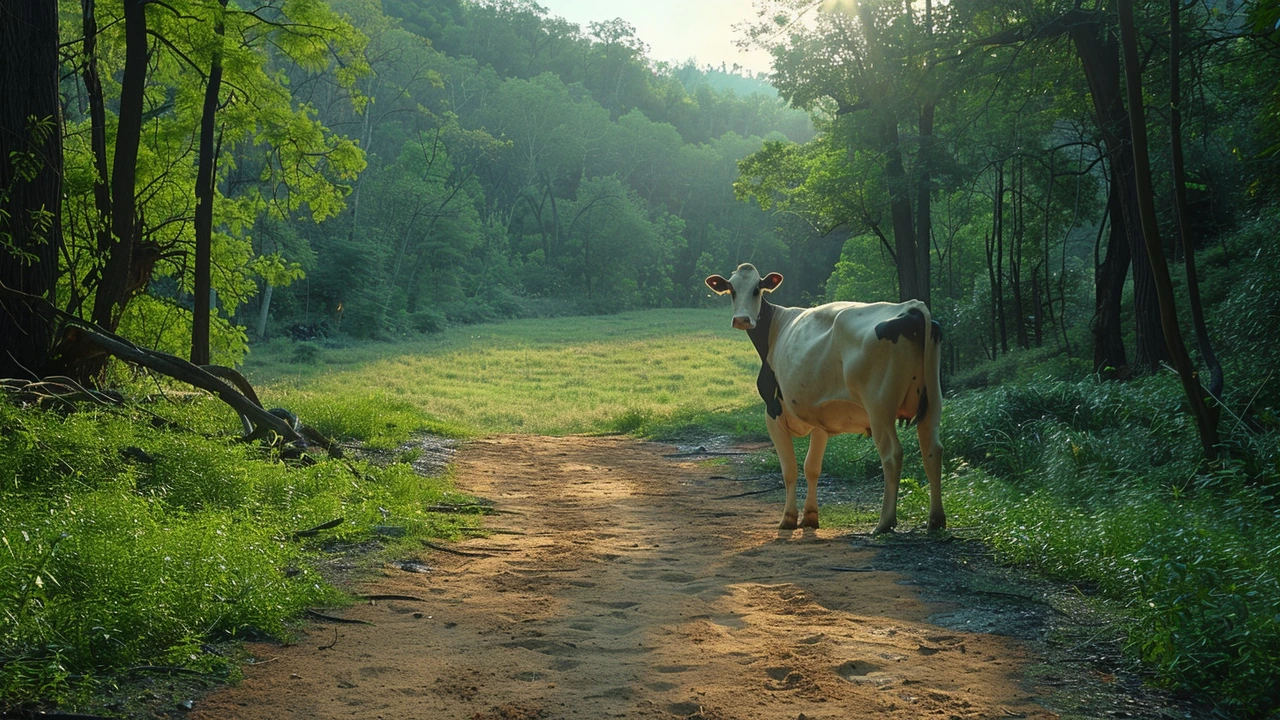Public Forests: Why They Matter and What’s at Risk
Public forests are more than trees. They store water, cool cities, support farmers and host wildlife we depend on. In Africa, public forests feed rivers, protect soils and supply timber, fuel and medicine to millions. Losing them hits food security, jobs and climate goals all at once.
What is a public forest? It’s land held by governments for common use, often managed as national parks, state forests or communal reserves. Management styles vary: some areas are strictly protected, others allow logging, grazing or small-scale farming under licences. Who controls decisions matters — local communities, national agencies or private contractors each shape outcomes.
Big threats are easy to name: illegal logging, charcoal production, expanding farms, mining and fires. Climate change makes droughts and pests worse. When people lack secure land rights, they clear forest to claim fields. When oversight is weak, illegal trade booms. The result is fragmented habitats and weaker protection for water and carbon storage.
Not all hope is lost. Practical tools work: community forestry gives locals a stake in protection and income. Clear land rights reduce surprise clearing. Smart monitoring with satellites and drones catches illegal activity faster. Payment for ecosystem services like paying communities for clean water or carbon credits can fund patrols and replanting.
Examples that matter
The Congo Basin is one of the world’s largest tropical forests and a crucial carbon sink. East and Southern Africa rely on miombo woodlands for charcoal and grazing. In West Africa and Madagascar, forest patches support unique species and local medicines. Each region needs tailored tactics: what works in a wet rainforest won’t always suit dry woodlands.
What you can do right now
Want to help? Support local and regional groups doing on-the-ground work. Choose certified wood and paper products to cut demand for illegal timber. Avoid products tied to deforestation like unsustainable palm oil and be curious where your food comes from. Read news on this tag to follow policy shifts and local conflicts that affect forests.
Policy makers must balance livelihoods and long-term protection. Donors and investors should fund enforcement and community programs, not just big parks. Journalists and readers can push for transparency by asking who benefits from logging permits and mining leases. Public forests are public assets — holding them safe requires public attention.
Follow this tag for updates across Africa: new policies, court cases over land, fights against illegal logging and stories of communities that turned forest loss into recovery. Public forests shape local lives and global climate. Keeping them healthy matters to all of us.
Satellite monitoring, mobile reporting apps and simple camera traps are catching illegal loggers faster than before. In some countries, community patrols supported by small grants use these tools to close illegal mills and recover land. Reforestation projects that hire local people turn damaged areas back into productive forest while creating jobs. These local wins show that combining money, tech and clear rules delivers results we can build on across the continent.
New Regulations for Grazing in Kenyan Public Forests by Kenya Forest Service
By Sfiso Masuku On 11 Jun, 2024 Comments (10)

Kenya Forest Service has implemented revised rules for herders grazing in public forests, aiming to protect sensitive areas and manage forest resources sustainably. Herders now need a monthly permit, with specific regulations on grazing locations, capacity, and timings to prevent ecological damage.
View More




